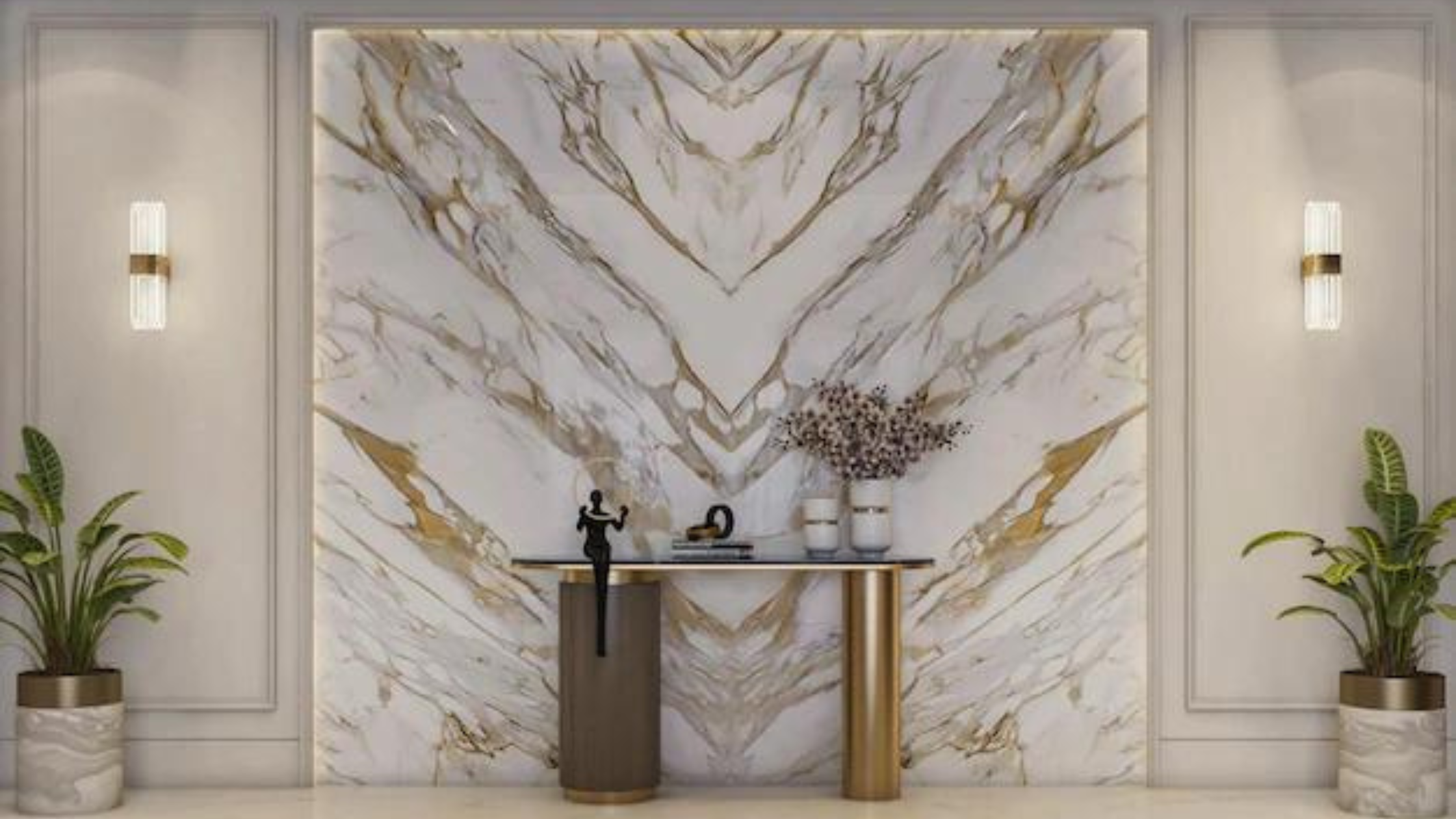
Italian Marble vs. Indian Marble
Marble, with its timeless elegance and captivating veining, has been a symbol of luxury and refinement in architecture and interior design for centuries. Among the various types of marble available, Italian and Indian marble are renowned for their exquisite qualities. The debate over which is superior, Italian marble or Indian marble, has been a topic of discussion among designers, architects, and homeowners. In this blog, we will explore the characteristics, differences, and considerations associated with both types of marble.
Italian Marble: The Epitome of Elegance
Italian marble has gained global recognition for its exceptional quality and stunning aesthetics. Quarried from regions like Carrara, Calacatta, and Statuario, Italian marble is known for its distinctive white or light-colored base with intricate, bold veining that adds a touch of luxury to any space. Carrara marble, for instance, is celebrated for its soft gray background and graceful, subtle veins, while Calacatta marble features more dramatic and pronounced veining in hues of gold and gray.
Pros of Italian Marble:
- Aesthetic Appeal: Italian marble’s unique veining patterns make it an unrivaled choice for creating an opulent and sophisticated ambiance in interiors.
- Longevity: The durability of Italian marble is renowned. When properly cared for, it can last for generations, maintaining its charm over time.
- Luxurious Status: Italian marble carries a prestigious connotation due to its historical use in iconic sculptures, monuments, and grand structures.
Indian Marble: Richness in Diversity
Indian marble is a diverse category that encompasses an array of colors, patterns, and qualities. Sourced from various regions across India, such as Rajasthan, Andhra Pradesh, and Gujarat, Indian marble offers a wide range of options to suit different design preferences. Each type of Indian marble possesses distinct features, from the classic white Makrana marble to the colorful Rajasthani marbles like Udaipur Green and Pink.
Pros of Indian Marble:
- Variety: Indian marble comes in a plethora of colors and patterns, catering to a broad spectrum of design styles.
- Affordability: In comparison to Italian marble, Indian marble tends to be more budget-friendly, allowing homeowners to achieve a luxurious look without breaking the bank.
- Cultural Significance: Indian marble has been used in various historical and cultural monuments, carrying a sense of heritage and tradition.
Comparative Analysis:
- Aesthetics: Italian marble is often favored for its iconic, high-contrast veining, while Indian marble showcases a wider array of colors and patterns, offering more design versatility.
- Price: Italian marble is generally more expensive due to its exclusivity and demand, whereas Indian marble offers a more cost-effective option.
- Durability: Both Italian and Indian marbles are durable, but Italian marble is often considered slightly more robust due to its compact and refined crystalline structure.

In the eternal debate of Italian marble vs. Indian marble, there is no definitive winner. The choice between the two depends on individual preferences, project requirements, and budget considerations. Italian marble is a symbol of luxury and grandeur with its distinctive veining, while Indian marble offers diversity and affordability, making it accessible to a broader audience. Ultimately, the beauty of marble lies in its ability to transform spaces into works of art, regardless of its origin. Whether you’re drawn to the elegant allure of Italian marble or the rich variety of Indian marble, both have the power to elevate interiors to new heights of sophistication and beauty.



